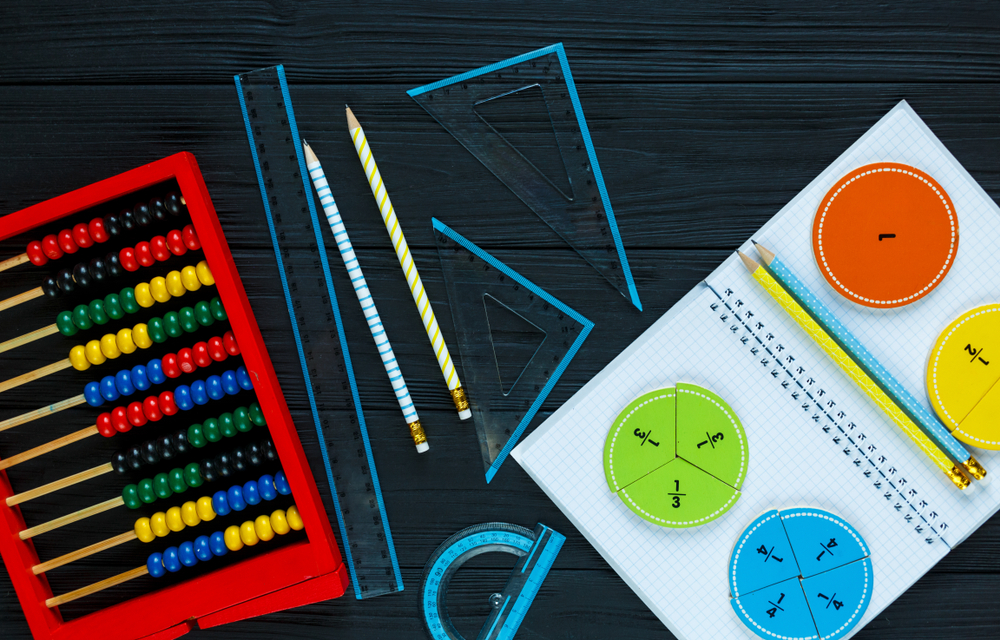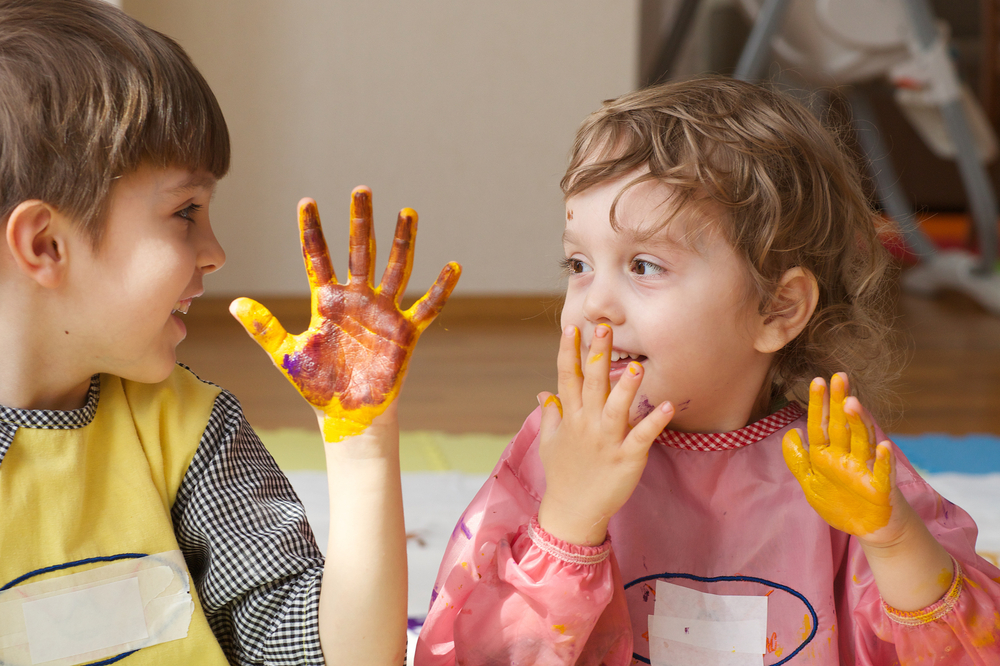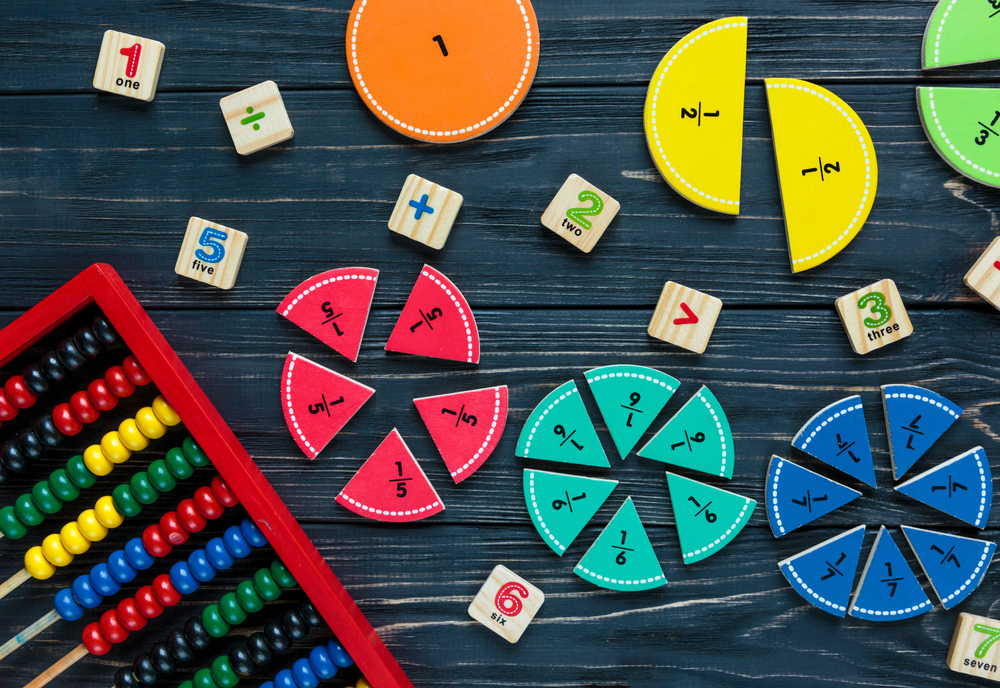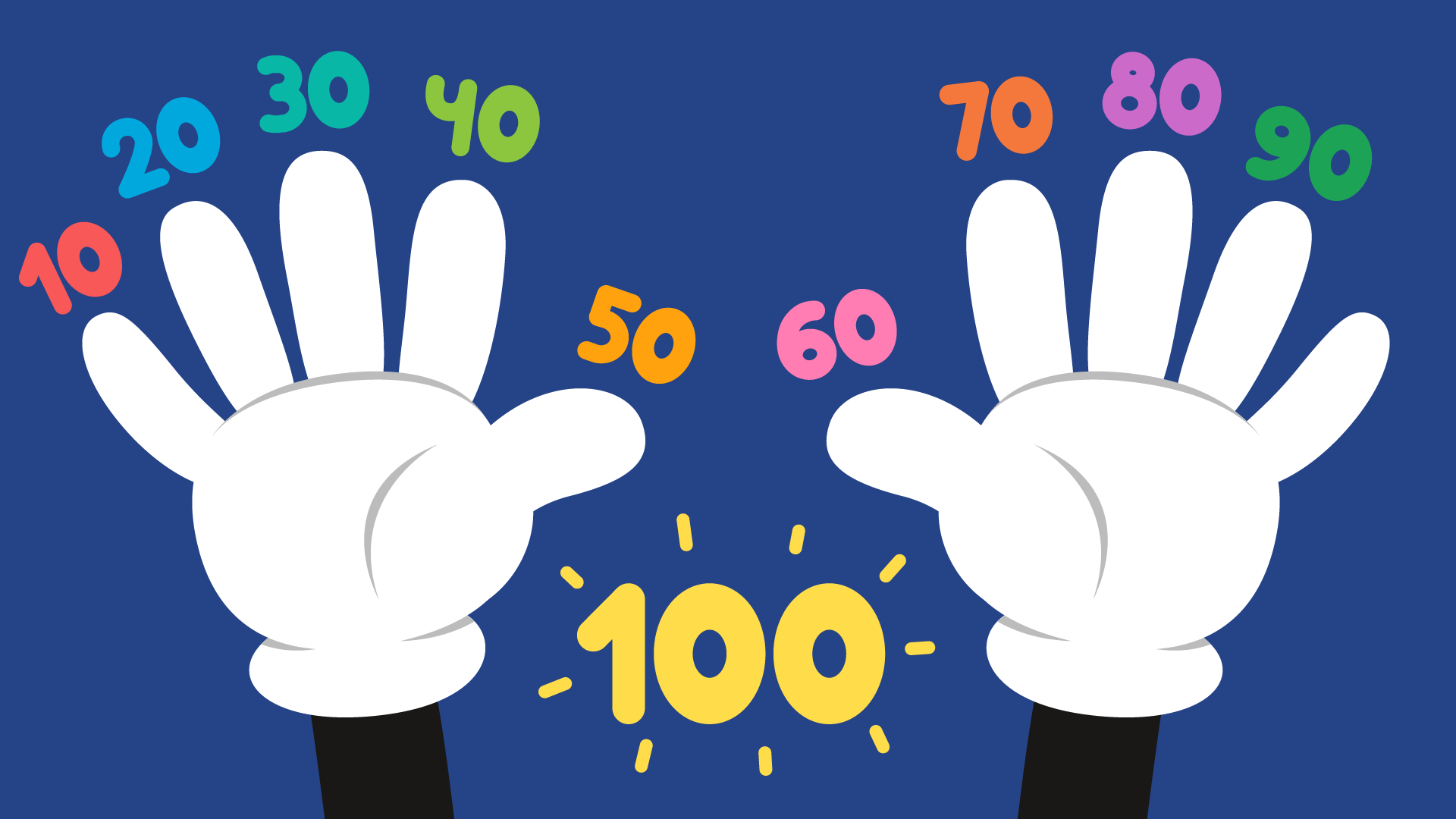Top 10 Most Engaging Fraction Games and Activities for Kids
April 8, 2019
If you think back to your own schooling, you might remember struggling to understand fractions which tends to be even tougher than memorizing multiplication tables. The reason why learning it is so difficult for little learners has to do with the way children think and learn. But once kids grasp the basic concept, we can make it even easier for them by using engaging fraction games and activities.

Why are Fractions so Hard?
In general, kids are concrete thinkers. That means that children can process information and think deeply about it if they can observe it or physically interact with it. For instance, young students can’t grasp abstract concepts like sarcasm or figurative language. If you tell a child it’s “raining cats and dogs”, they will likely laugh and imagine what it would look like if cats and dogs were really streaming down from the sky, but they wouldn’t understand that you mean it’s just pouring.
On the other hand, abstract thinking means that we can think about complex concepts and ideas that can’t be physically touched or observed. Slowly over time, just as kids grow, so does their thinking. Most of us gain the ability to think abstractly during middle school, high school, and beyond.
To put it simply, fractions are tricky because the problems they see on the paper are hard to work with without understanding the underlying concept. Luckily there are many ways to make this difficult math milestone easier for concrete thinkers by using strategies to introduce the topic that help children understand it in a more concrete way. Let’s explore some of the best ways to introduce the idea before taking a look at cool games and fraction activities for more fun and engaging practice.
Introducing Fractions
Just like forming a foundation for numeracy skills, kids must build their fraction sense before being able to tackle problems on their own. So, what exactly do children need to understand to be able to be successful?
- First, kids must understand the idea of what a whole number represents before being able to grasp that fractions are equal parts of a whole. Generally, they can begin to understand this when presented with familiar pictures, which we’ll talk more in depth about below.
- Second, be sure that your child understands the necessary math vocabulary. This includes knowing what the words numerator and denominator represents.
Once they have a handle on the basics, be sure to have a plethora of activities in in your teaching toolbox that include hands-on learning and ample visuals. In addition, check out a variety of strategies to use when introducing this topic. For instance, number lines, arrays, and any worksheets or manipulatives that focus on parts of a set can go a long way. Once your child has a basic foundation turn to interactive activities like those below before attempting problems on a worksheet.
Activities for Home and in the Classroom
For students just beginning work with fractions, it’s best to use hands-on manipulatives. If your child is stuck still trying to make sense of whole numbers and parts, the next few ideas are tailor-made for kindergarten or 1st grade before we take a look at activities great for 3rd grade and beyond!
Fraction Cookie Games
Who doesn’t love cookies? There’s no better way to engage children in math learning than with the things they love the most! Even better, working with food gives kids a tangible object to manipulate themselves, solidifying their learning as they work.
Prepare by having plenty of cookies on hand, and make sure the cookies are large enough to be cut into smaller parts. Give your child a cookie and reinforce the idea that it is just one, whole cookie. Next, using a plastic knife, help your child cut the cookie in half. Explain that the both pieces are equal in size, and each represents a half of that cookie when it was whole. Feel free to let your child cut and handle the pieces carefully to internalize what they are learning. Take each half and cut those in halves, producing quarters. Piece the cookie parts back together and demonstrate how each piece is part of the whole.
For older learners, introduce more advanced topics, such as asking your child to add or subtract a cookie piece. Work out problems manipulating the parts, asking your child how many parts would make a half or whole. For instance, one quarter piece plus another quarter equals a half. Cut it into smaller sections, to make this more difficult and up the ante for more advanced learners.
Fractions in the Kitchen
For older elementary students, one cool way to use addition, subtraction, and to work with fractions both under and over a whole number is by heading to the kitchen to cook up something good! Cooking or baking is an awesomely fun way to get kids excited about learning math while simultaneously showing how it can be applied to real life in real time.
To start, just find a family favorite recipe to use making sure it contains a variety of fractions and get cooking! To make the recipe even more challenging to complete, either double or half the recipe depending on your family’s needs. Reinforce the importance of being able to add or subtract fractions mentally without using models, and work through the recipe to practice.
Strips or Tower Activities
Fraction strips, sometimes known as towers or bars, are printed on a piece of paper or cardstock, and show rectangular boxes that all make up parts of the same overall whole. These strips can be cut and manipulated in a way that shows how different parts can be added together to make a whole. Printable strips or towers are easily found online, so you can simply print them on colorful paper.
Once ready with the strips in hand, there are multiple ways to use them at home or in the classroom! For instance, in a classroom, students can be each given a strip at random, and tasked with finding other students who have pieces to make their strip a whole. Individually, kids can use them to order the strips from least to greatest noting what they observe about the denominator as they work.
The above ideas are just a few of the ways to use this versatile resource. Feel free to create your own original games or look up even more ways to use them on the web!
Building Fractions with Lego Bricks
Speaking of towers, Lego bricks are awesome manipulatives that kids can use when working out problems in the early stages of learning. Using a Lego platform, construct towers or shapes on the platform using bricks that are the same size and shape. For example, lay down 4 differently colored square Lego bricks next to each other to make one larger square. Then ask your child to look at one of the colored bricks and ask how much of the larger square does that one square represent, answering ¼. Create a worksheet or a series of questions asking your child or students to identify fractions by looking at the Legos on the platform.
Cooking in the Classroom
While this can easily be done in the home to produce actual treats or meals, in the classroom teachers can adapt this idea by printing out several recipes for use in the classroom. Instead of making the recipes, create an activity, grouping students with classmates to plan a meal based on the recipe for more or less people than indicated. Students can make recipe cards to accommodate various sizes dependent on the number of “guests”!
Snag a Deal with Decimals
Fractions aren’t the only way to measure parts of a whole. Children must also understand how to work with decimals, and practice converting decimals to fractions. One of the best ways to tie decimals to real life is by practicing with prices! Perfect for 4th or 5th graders, this next idea is an ideal way to practice.
Grab paper, a pencil, and a few mail order catalogues, or find an online store for clothing or toy brands that your child loves. Be sure to give your child a budget, and you can even do this by giving him or her Monopoly money to spend. Give your child the tricky task of picking items he or she would like to purchase, staying within the budget. Add, subtract, and add duplicate items to practice multiplying and dividing to get the items wanted with the “money” your child has on hand. While working, your child must pay close attention to place value to line up all the decimal points!
Fun-Filled Outdoors Fraction Games
Fraction games for kids should be enjoyable, making learning math easy and fun! Try the following ideas to motivate your child or students using the exciting outdoors:
Go on an Easter Egg Hunt
With Easter right around the corner, this activity will delight your child with seasonal math fun! There are multiple ways to use plastic Easter eggs to practice fractions, so decide which will work best for your child or classroom. The first way to play is simple to set up! Make flashcards by writing out a problem on a notecard and fold it and place inside a plastic egg along with a piece of candy. For each egg your child finds and solves correctly, they “win” that piece of candy!
Go on Another Easter Egg Hunt, Looking for Equivalents
Another great way to play would be to use a permanent marker to write equivalent pairs on each half (top and bottom) of the eggs. For instance, the top of the egg could say “1/2” while the bottom says “4/8”. Feel free to use this activity to help your child practice converting fractions to decimals, too! After writing the pairs on each egg, separate the top from bottom and hide the halves wherever you plan to host your hunt. Then, instruct players to find the egg halves that match and put them together to collect. The player that finds the most (correct) eggs wins!
Hop to It! Fraction Hopscotch
All you need is painter’s tape or sidewalk chalk, and a driveway outside to play this exciting game! Make a hopscotch board outside on the pavement and fill it in with fractions. On the sections that have two squares, fill those in with equivalent fractions. As your child hops along the board, have him or her call out the fraction. When kids get to the equivalent pairs, have them call out it out as follows: “1/3 is equal to 2/6!”. To make the game more difficult for older children, simply plan ahead. Make it a game by asking them to use addition or subtraction based upon the squares they hopped on in order to move to the next space.
Play Pictionary with Sidewalk Chalk
Pictionary is great to play with multiple children, or just with your child. Just grab some colorful chalk and head outside to the driveway to play. Tell your child to play Pictionary drawing only a part of their intended picture. For instance, stay ¼ of a sun, or half of a dog! Not only will players guess the picture, but the fraction, too! Encourage your child to use creativity to draw objects. A creative way to draw a fraction might be to draw a plant, and include 3 flowers, and 2 buds, indicating 3/5 flowers that have bloomed.
Host a Picnic
Spring is the best time to have a picnic, so pick the time and place and get packing! Before the picnic starts, let your child know that each picnic-goer will eat their food into fractions before finishing! No matter if you have pizza, fruit, or a sandwich, show your child what it looks like to eat ¼, ½, and ¾ of their items and challenge your child to do the same. Bring a long a snack pack of candies like M&M’s or Skittles for a more in-depth lesson. Carefully count the candies in the pack to find the total number of candies, and help your child find the number of candies that represent one half, one fourth, or other parts of the total package.
As children get older, math gets harder, and sometimes kids start to lose interest early in their educational career. However, fraction games for children, like those above, can be powerful motivators to inspire students while providing meaningful ways to make learning easier. Using the above activities, and given time and practice, any child can master the most essential math skills for continued success in school and life!











